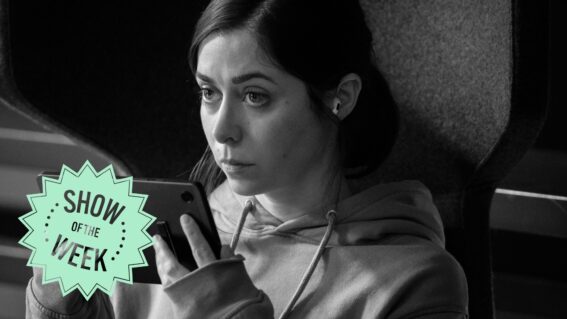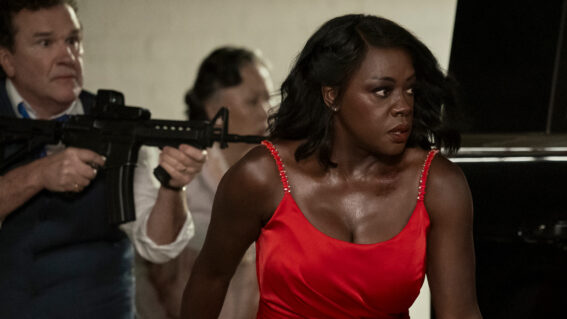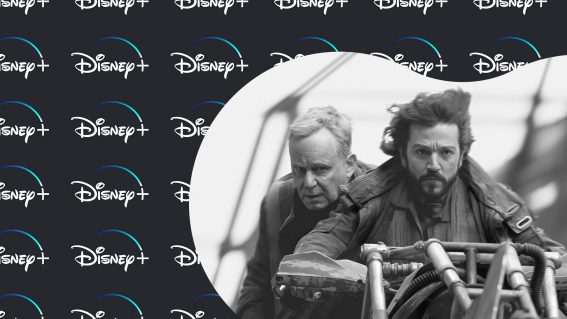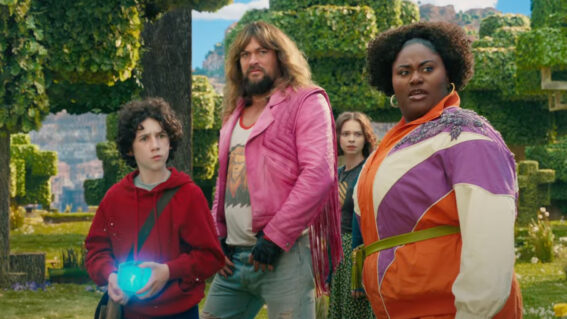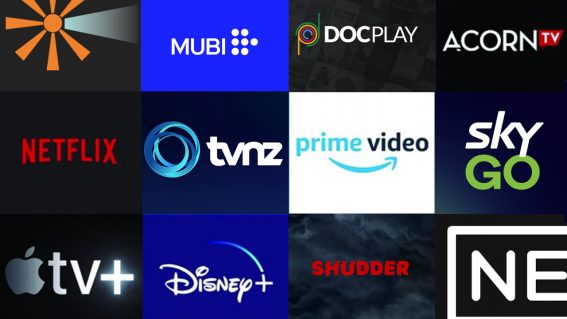Top Gun: Maverick offers a masterclass in legacy sequel-making
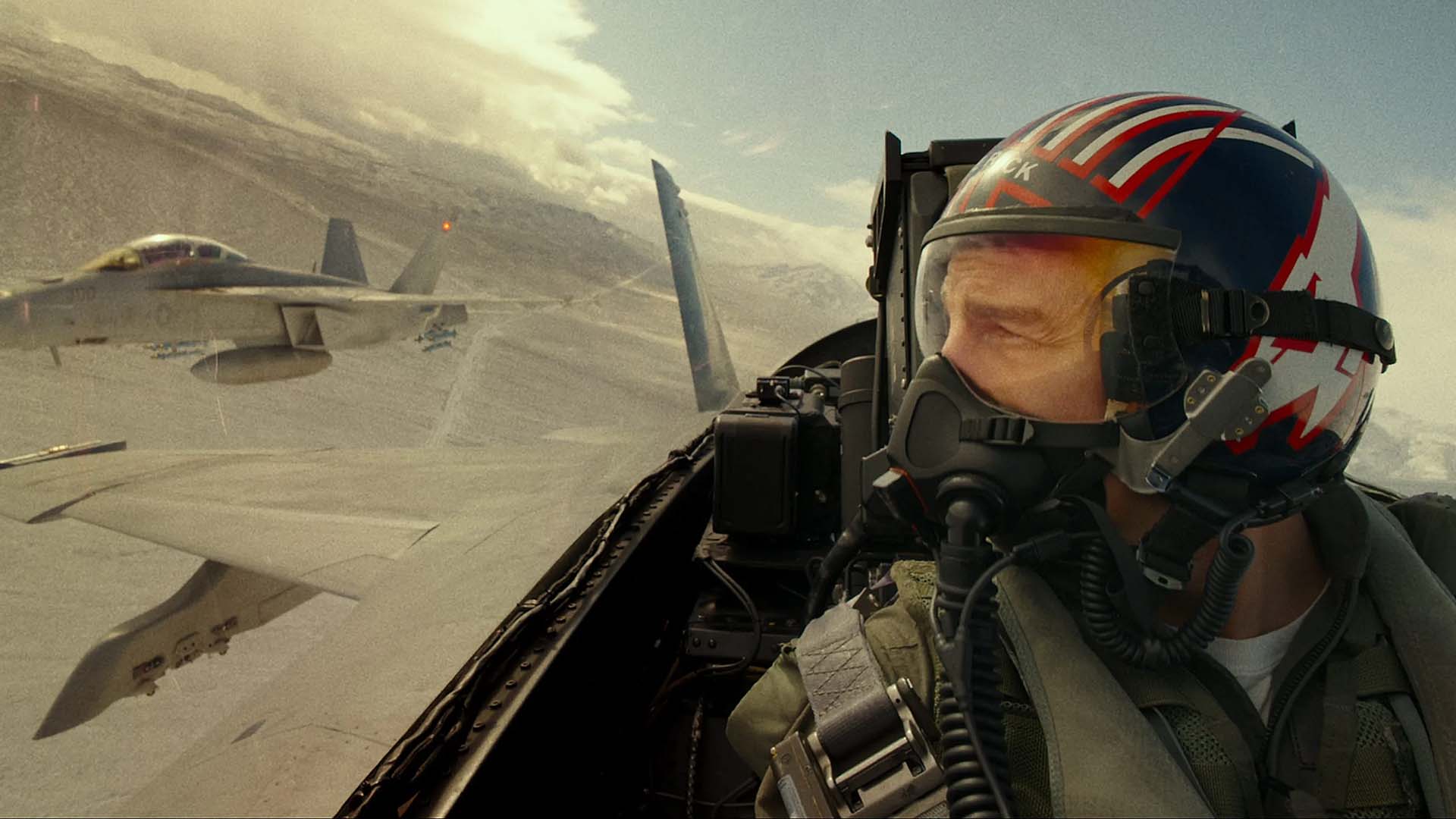

Tom Cruise thrilled moviegoers and critics alike in spectacular sequel Top Gun: Maverick – streaming on Neon. While it remains a powerful provoker of fist-pumping and dad tears when rewatching at home, this film’s greatest asset is the supernova charisma of its cast, reports Dominic Corry.
In Hollywood, the biggest movies are required to justify their existence by being an offshoot or follow-up to an existing beloved property.
The studios call them franchise extensions.
The filmgoers call them…Legacy Sequels.
Last year’s megahit Top Gun: Maverick is proof positive that a legacy sequel can be every bit as invigorating as something entirely original. A joyous mixture of old and new that built on everything Top Gun (1986) represented, it is by any reasonable measure a superior film.
Achieving what Christopher Nolan had hoped to the previous year with Tenet, Top Gun: Maverick became a lightning rod for the very act of going to the cinema itself, and brought the masses back to theatres by reminding them how much fun the collective filmwatching experience can be.
It was a very good thing. But now Top Gun: Maverick enters the phase it’ll exist in forever more: that of something you can watch in your home. And it’s now available for precisely that experience, streaming on Neon.
Maverick remains a powerful provoker of fist-pumping and dad tears in the rewatch, where you can luxuriate in the tangibility of its aesthetics. But for all its impressive (and refreshingly superhero-free) special effects, this film’s greatest asset is the supernova charisma of its cast, a standard set at the top by The Last Movie Star in fighting form.
Returning to his breakout role of Capt. Pete ‘Maverick‘ Mitchell, Tom Cruise channels his superstar qualities with such efficiency, all you can do is sit back and apply sunscreen. No star of this stature since perhaps Steve McQueen has ever been so aware of what they do best on screen, and so good at leaning into it.
On paper, we shouldn’t love Maverick (the character) as much as we do, and he shouldn’t even really exist. But Cruise makes it all work with a pronounced lack of effort. And the performance is even more impactful because the character and his apparent impending irrelevance as an aviator is an apt metaphor for Cruise’s status as the last example of the kind of star he is. Like his onscreen avatar, Cruise has no plans to quietly fade out, and we’re all cheering him on as he continues to flame so brightly.
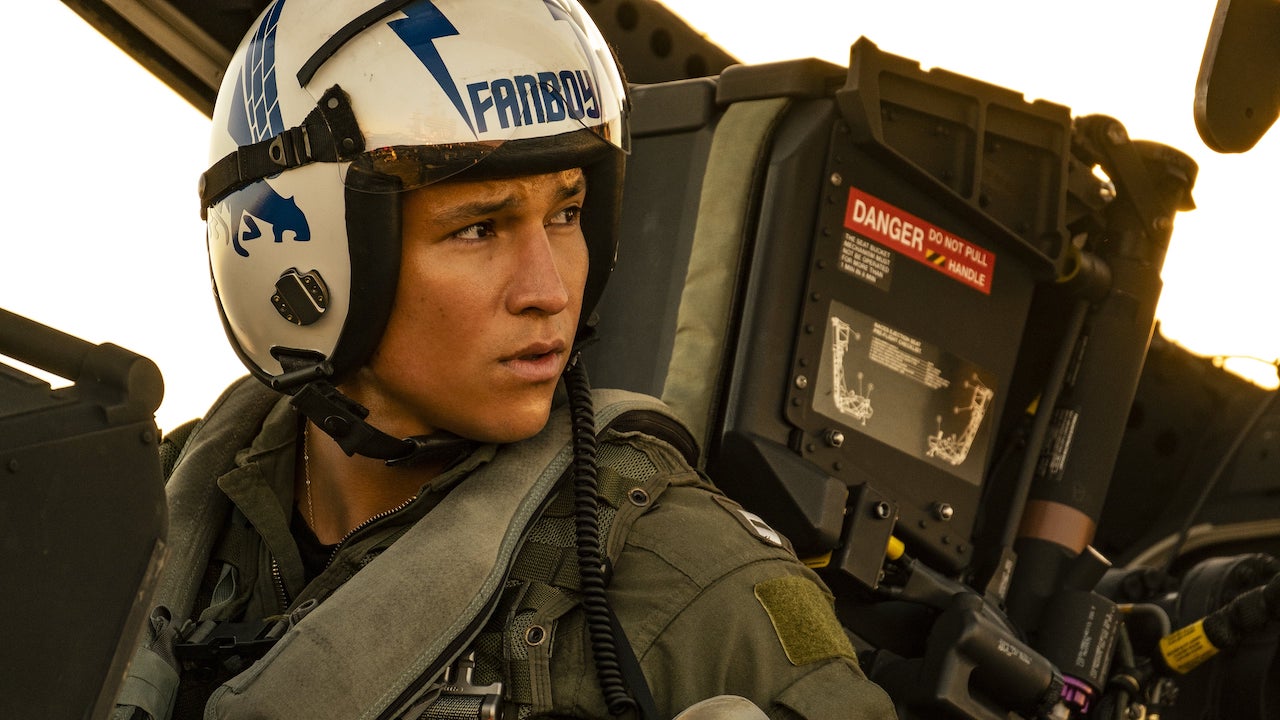
As powerful as Cruise is in the film, he is smart enough to cede much of the screen time to a new generation of young actors ready to step up to the movie star plate.
As Rooster, the son of Maverick’s dead co-pilot Goose, Miles Teller is the coolest he’s been since breaking out with Whiplash, and proof that a certain kind of moustache is all you need to indicate irrefutable on-screen paternity.
While Jay Ellis (‘Payback’), Monica Barbaro (‘Phoenix’) and Danny Ramirez (‘Fanboy’) keep the hotness levels high, Lewis Pullman (son of Bill, who plays ‘Bob’) shows there’s room here for nerdy types who like to keep their shirts on at the beach.
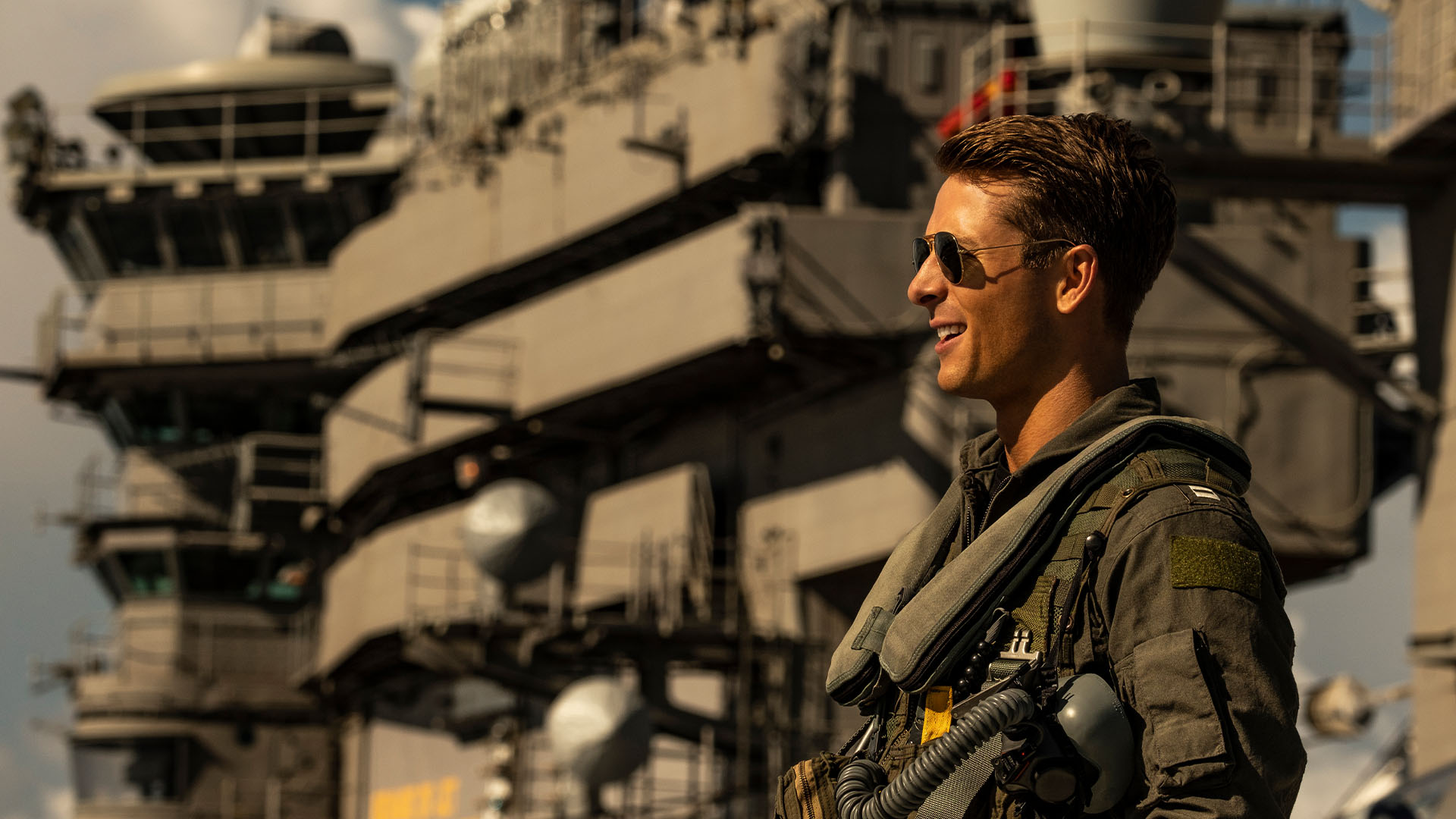
But amongst the younger cast, the true breakout is Glen Powell (‘Hangman’), who’s single-handedly making the shit-eating grin fashionable again. Hangman’s relationship with Rooster is yet another wonderful example of a powerful storytelling trope: two dudes who don’t get along, and then eventually get along. I can’t get enough of this sort of thing. Powell’s been kicking around for a while, I first properly took notice of him in Richard Linklater’s Everybody Wants Some, and it’s gratifying to see Maverick bringing him the attention he’s long deserved. The Glen Powell era begins here.
The way the film handled Val Kilmer’s presence must be commended as well. In the early going, when Adm. Tom ‘Iceman’ Kazinsky only showed up via texts to Maverick and pictures on the wall, I worried we weren’t going to see him at all. Instead, he shows up in perhaps the most powerful scene in the movie. The way the filmmakers gracefully incorporated Kilmer’s real-life health issues into the script lends real weight to the proceedings. Also, it’s funny that Iceman’s real name is Tom.
For all the cast-based joys of the film (and I haven’t even touched on Jennifer Connelly’s beguiling earthiness, Jon Hamm excelling as a grump and Charles Parnell’s compelling authority), what really pushes it over the edge is the earnestness of its storytelling.
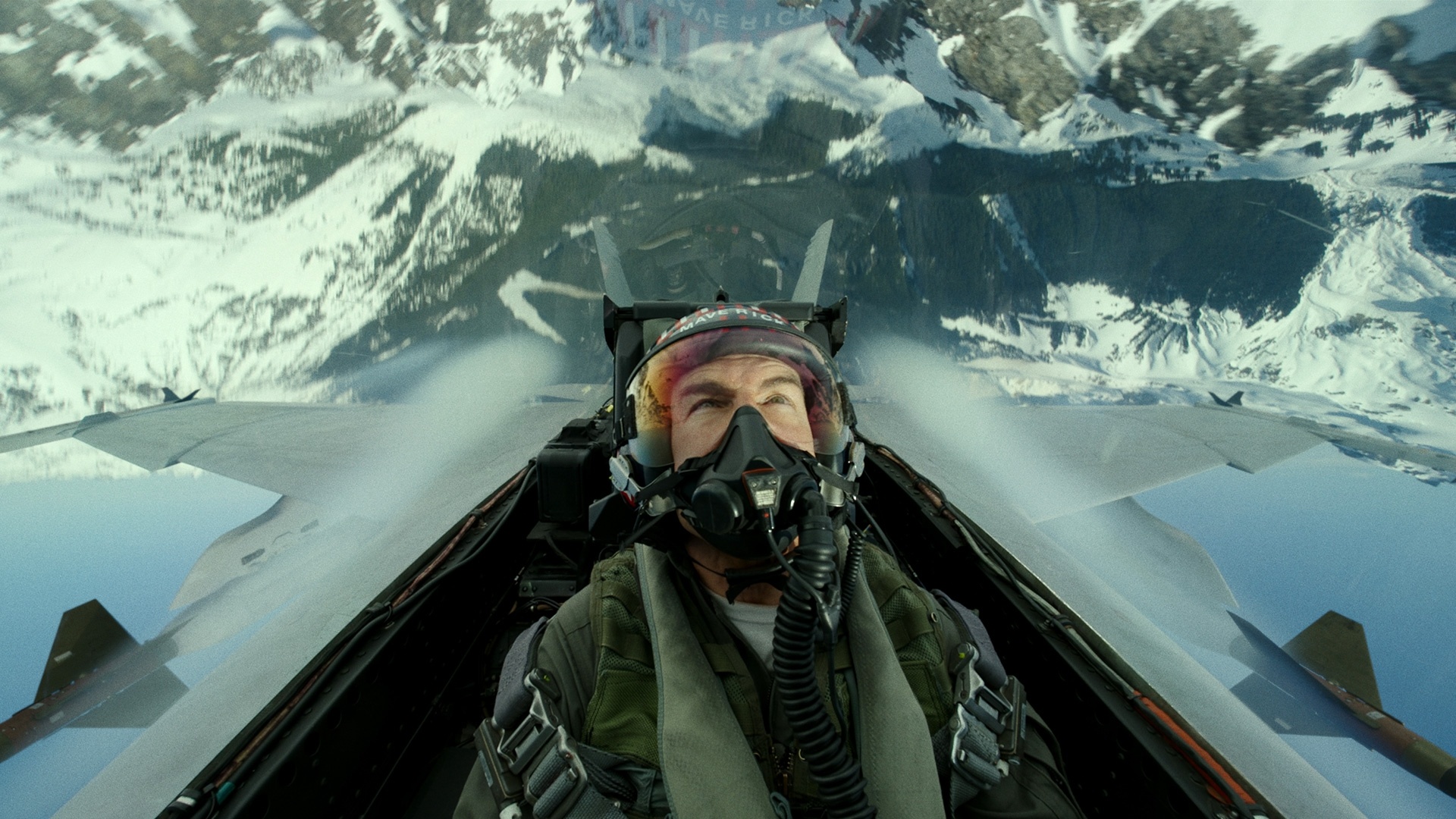
At some point over the past few decades, “surprise” overtook “effectively fulfilling expecations” as the biggest narrative driver. Surprise is all good and well, but it’s landed us in a storytelling world defined by rug-pulls.
Maverick isn’t interested in rug pulls—it knows what you want, it tells you what it’s going to do, and does it. Few recent films are so direct about articulating the impossibility of what its characters must achieve—this movie mounts a PowerPoint presentation about how difficult the main mission of the movie is.
Maverick repeatedly hammers home how impossible the odds are. Again. And Again. And Again. Then blows through them. Just like we wanted it to. And that’s not to say there is a lack of surprise—the climax takes some amazingly cool action turns that feel old-school and innovative at the same time. Just like the movie as a whole.
In the superhero era, actors are de-emphasised and characters can do anything. With Top Gun: Maverick, Tom Cruise reminds us how much fun it is to enjoy a star-driven movie about regular old humans pushing themselves to the limit.




